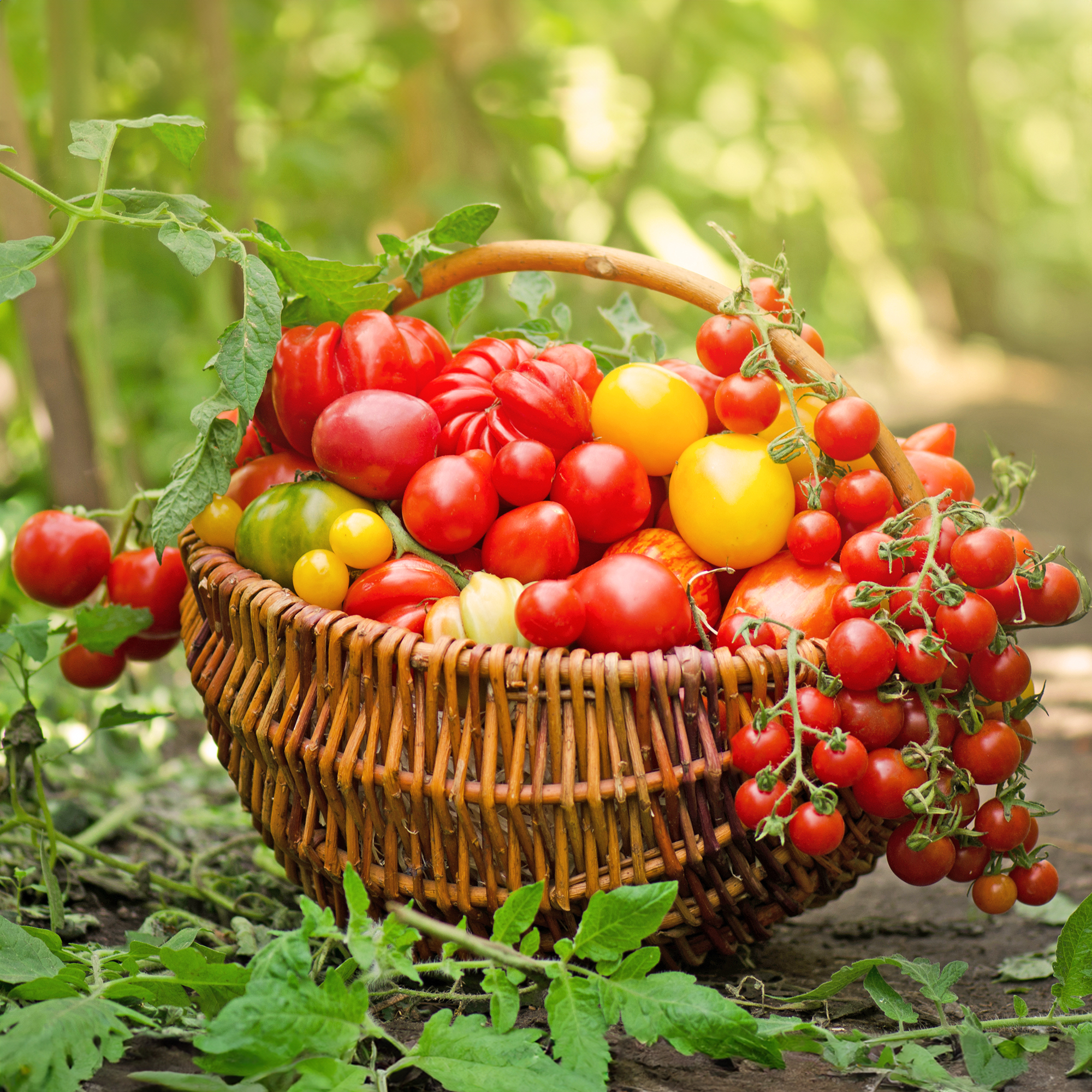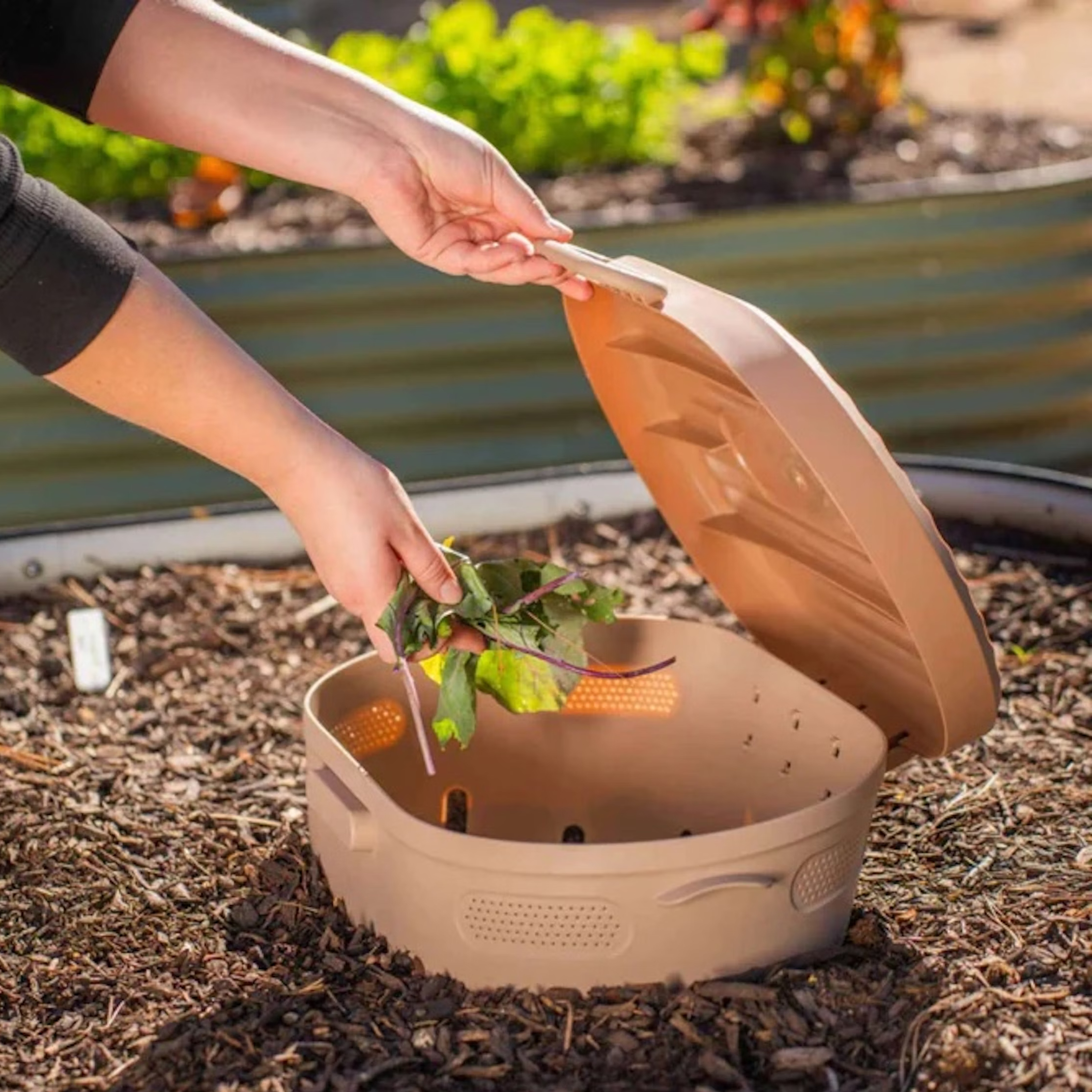What Is A Mamey Tree: Mammee Apple Fruit Info And Cultivation

I've never heard of it and I've never seen it, but mammee apple has its place amongst other tropical fruit trees. Unsung in North America, the question is, “What is a mamey tree?” Keep reading to learn more.
What is a Mamey Tree?
Growing mamey fruit trees are indigenous to areas of the Caribbean, West Indies, Central America and Northern South America. Mamey tree planting for the purposes of cultivation does occur, but is rare. The tree is more commonly found in garden landscapes. It is commonly cultivated in the Bahamas and the Greater and Lesser Antilles where the climate is ideal. It can be found growing naturally along the roads of St. Croix. Additional mammee apple fruit info describes it as a round, brown fruit about 4-8 inches (10-20 cm.) across. Intensely aromatic, the flesh is deep orange and similar in flavor to an apricot or raspberry. The fruit is hard until completely ripened, at which time it softens. The skin is leathery with a smattering of small warty lesions under which is a thin whitish membrane - this must be scuffed off the fruit prior to eating; it's pretty bitter. Small fruit has a solitary fruit while larger mamey fruits have two, three or four seeds, all of which can leave a permanent stain. The tree itself resembles a magnolia and attains a medium to large size of up to 75 feet (23 m.). It has dense, evergreen, foliage with dark green elliptic leaves up to 8 inches (20 cm.) long by 4 inches (10 cm.) wide. The mamey tree bears four to six, fragrant white petal blooms with orange stamens borne on short stalks. The flowers may be hermaphrodite, male or female, on the same or different trees and bloom during and after fruiting.
Additional Mammee Apple Fruit Tree Info
Mamey trees (Mammea americana) are also referred to as Mammee, Mamey de Santo Domingo, Abricote, and Abricot d'Amerique. It is a member of the family Guttiferae and related to the mangosteen. It is sometimes confused with the sapote or mamey colorado, simply called mamey in Cuba and with the African mamey, M. Africana. Most commonly mamey tree planting may be seen as a windbreak or ornamental shade tree in Costa Rica, El Salvador and Guatemala. It is sporadically cultivated in Columbia, Venezuela, Guyana, Surinam, French Guiana, Ecuador and northern Brazil. It was most probably brought to Florida from the Bahamas, but the USDA has it recorded that seeds were received from Ecuador in 1919. Specimens of the mamey tree are few and far between, with most found in Florida where they are better able to survive, although highly susceptible to prolonged cool or cold temps. The flesh of the mammee apple fruit is used fresh in salads or boiled or cooked usually with sugar, cream or wine. It is used in ice cream, sherbet, drinks, preserves, and many cakes, pies and tarts.
Planting and Care of Mammee Apples
If you are interested in planting your own mamey tree, be advised that the plant requires a tropical to near tropical climate. Really, only Florida or Hawaii qualify in the United States and even there, a freeze will kill the tree. A greenhouse is an ideal place to grow a mammee apple, but keep in mind, the tree can grow to quite a significant height. Propagate by seeds which will take two months to germinate, in almost any type of soil; the mamey is not too particular. Cuttings or grafting can be performed as well. Water the seedling regularly and place in a full sun exposure. Provided you have the proper temperature requirements, the mamey tree is an easy tree to grow and is resistant to most diseases and pests. Trees will bear fruit in six to 10 years. Harvesting varies according to growing location. For instance, fruit begins ripening in April in Barbados, while in the Bahamas the season lasts from May through July. And in areas of the opposite hemisphere, like New Zealand, this may take place during October on into December. In some locations, like Puerto Rico and Central Columbia, the trees may even produce two crops per year. The fruit is ripe when a yellowing of the skin appears or when lightly scratched, the usual green has been replaced by a light yellow. At this point, clip the fruit from the tree leaving a small bit of stem attached.
Gardening tips, videos, info and more delivered right to your inbox!
Sign up for the Gardening Know How newsletter today and receive a free copy of our e-book "How to Grow Delicious Tomatoes".

Amy Grant has been gardening for 30 years and writing for 15. A professional chef and caterer, Amy's area of expertise is culinary gardening.
-
 Types Of Tomatoes Explained: Explore The Many Wonderful Shapes, Colors, Flavors, & Best Uses
Types Of Tomatoes Explained: Explore The Many Wonderful Shapes, Colors, Flavors, & Best UsesThe world of tomato varieties is vast and fascinating. Learn about the key types to grow in your garden, tailored to your preferences and space.
By Amy Grant
-
 Try The Trend – Turn Any Bed Into A Keyhole Garden With This Clever In-Ground Composter
Try The Trend – Turn Any Bed Into A Keyhole Garden With This Clever In-Ground ComposterKeyhole gardening is an efficient and sustainable practice that saves space. Get started on this DIY project quickly and easily with an in-ground composter.
By Bonnie L. Grant